He was one of the famous Roman Emperors of the 2nd century, and in this post, you’ll discover the top list of facts about Hadrian.
1. Hadrian was born in Spain
Hadrian (76-138) was born as “Publius Aelius Hadrianus” in a Roman Italo-Hispanic in the town of Italica. This is located in the south of Spain near the modern-day city of Seville which was in the Roman province of Hispania Baetica, approximately the area of Andalusia.
His father was a senator of Praetorian rank, and the family can be linked back to the city of Atri, in the Abruzzo region in the east of Italy. His mother was a member of an important Hispano-Roman senatorial family as well.
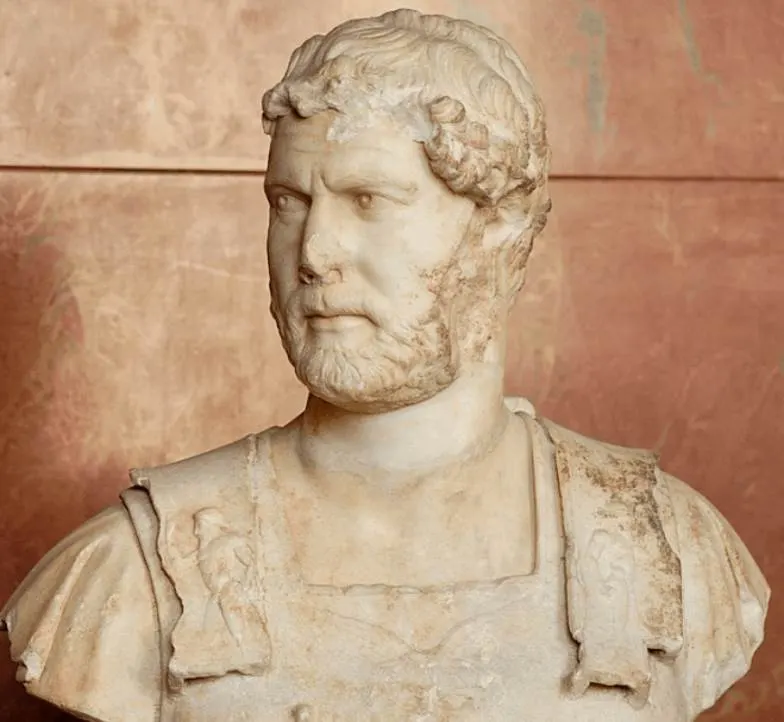
2. He had connections with Emperor Trajan
Hadrian was born in a very privileged family which made it easy for him to climb the ranks in Ancient Rome. That’s exactly what he did as a young adult as he joined public service, also referred to as the “cursus honorum,” which could lead to a senatorial career.
More important was the fact that Hadrian’s father was the first cousin of Trajan, the emperor at the time. Hadrian himself got married to Trajan’s grandniece named “Vibia Sabina” when she was around 18 years old, an arranged marriage that he wasn’t too happy about.
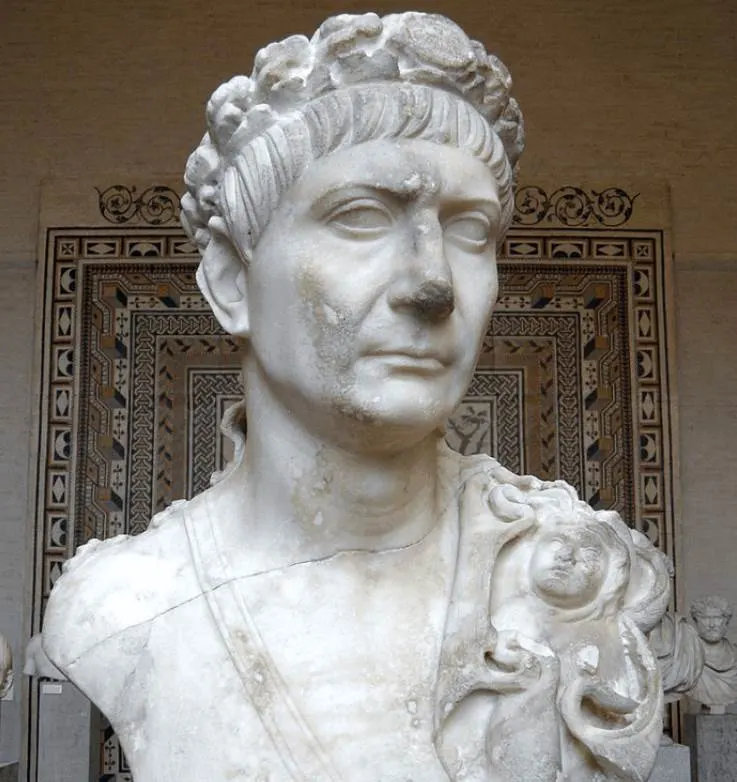
3. There was something peculiar about his rise to power
The marriage was arranged by Trajan’s empress, named Plotina. On Trajan’s deathbed, he apparently appointed Hadrian as his successor, but nobody else than Plotina had heard him say the words.
This in combination with the fact that the adoption document was only presented the day after his death and only signed by Plotina makes it a very weird situation and questions arose whether or not the adoption and succession were legitimate.
4. Four leading senators were executed shortly after
Hadrian was quick to write a letter to the senate claiming that he was the new emperor and should be regarded as such. Because of the strange events leading up to his succession, some senators certainly raised several questions.
4 leading senators were executed shortly after his letter was received in dubious circumstances. The path was made clear and Hadrian became the new Emperor of the Roman Empire in the year 117 A.D., but relations with the Senate never improved after these events.

5. Hadrian spent over half of his reign abroad

One of the most interesting facts about Hadrian is that he was a fervent traveler. he didn’t rely on governors sending him notes about how things went in the corners of the empire, he actually traveled there to see for himself.
This resulted in him spending over half of his reign on the road, traveling from the north in Britannia to the south in Egypt and everywhere in between.
6. He was a fervent admirer of Greece
If there’s one region that he was fond of then it was Greece. He was an ardent admirer of Hellenistic culture.
His admiration went so far that he wanted to make Athens the cultural capital of the empire and commissioned the construction of numerous temples in the city.
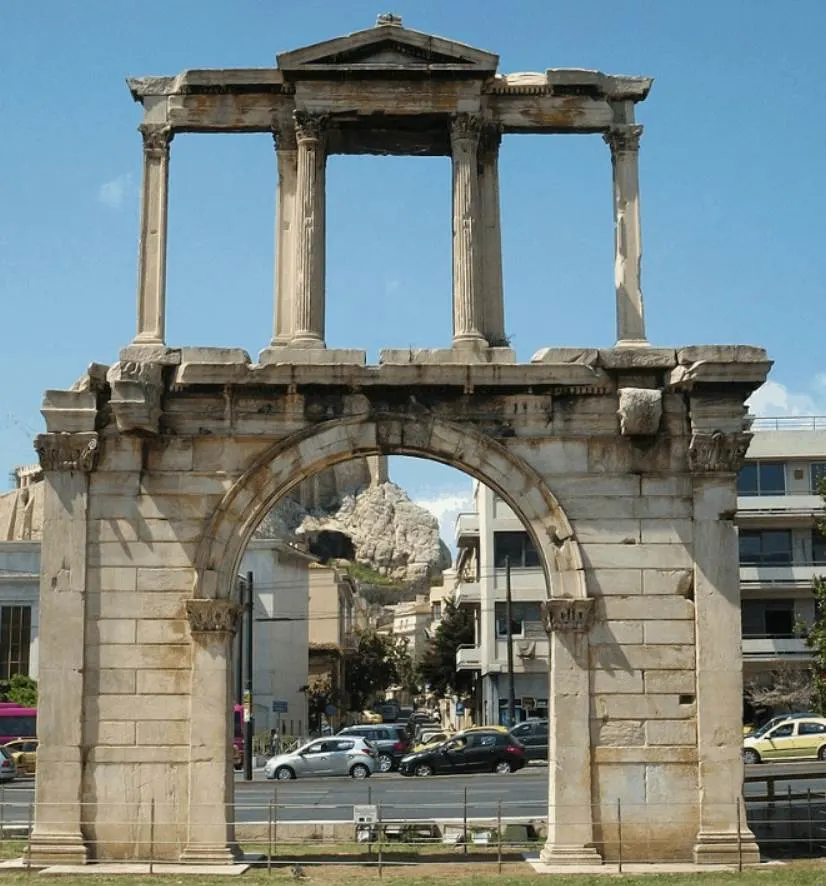
7. He completed a massive temple in Athens
One of his major achievements in Athens was the completion of the Temple of Olympian Zeus in the center of the city. Construction of it started in the 6th century B.C. and didn’t get completed until the reign of Hadrian in the year 131 A.D.
The Temple of Olympian Zeus was the largest of all the temples in Ancient Greece and consisted of 104 massive columns. It fell into disuse a century later and only ruins remain of it today.
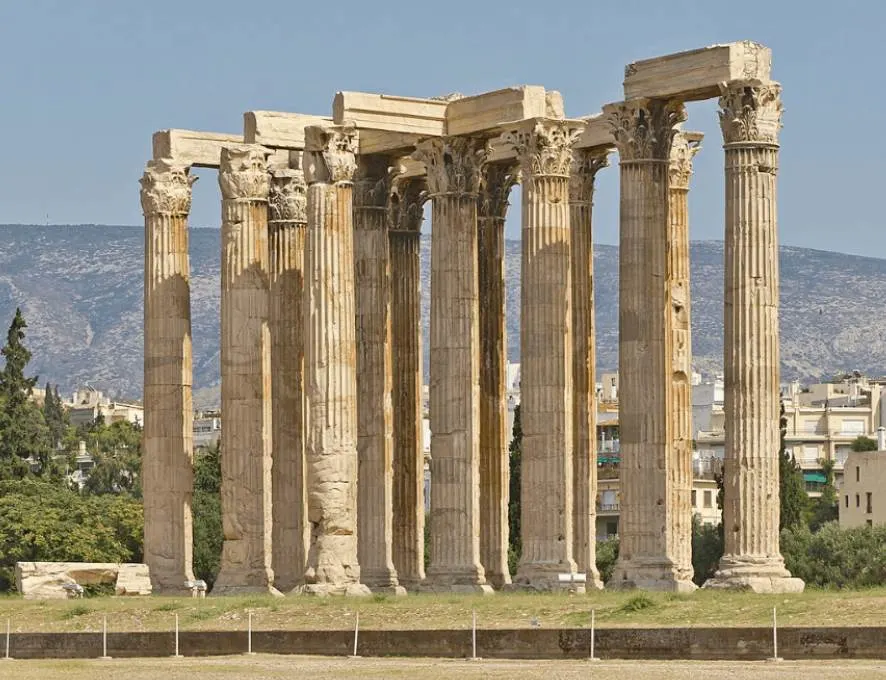
8. He built a famous wall in Britannia
Before Hadrian traveled to Britannia, the area was plagued with rebellions that cost the lives of a lot of Roman soldiers. Most of these happened between the years 119 and 121 A.D.
Because of this, he commissioned the construction of a wall that would “separate the barbarians from the Romans.” Construction of this wall started in the year 122 and it ran a total of 73 miles (117.5 kilometers) all across Northern England. It’s the largest Roman archaeological feature in Britain.
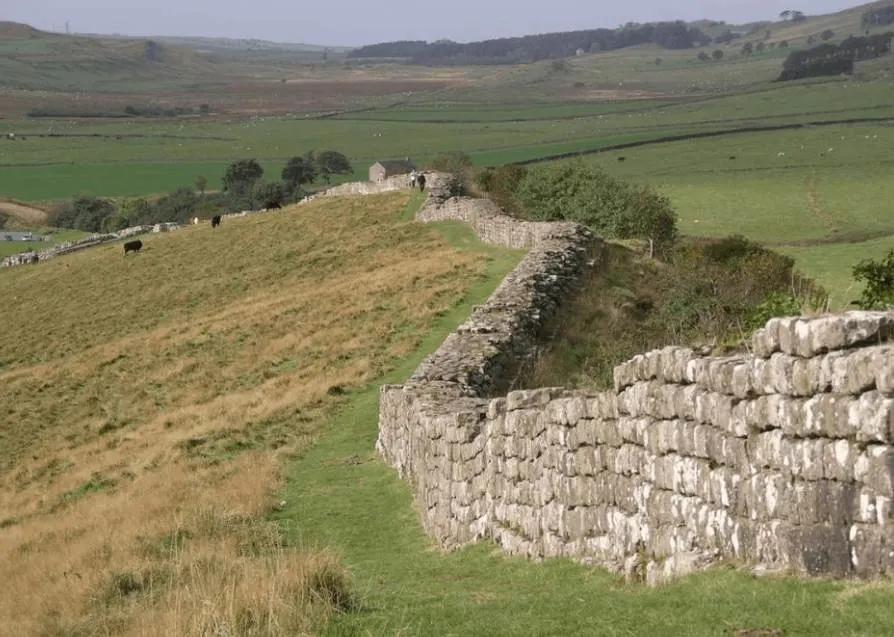
9. He ordered the construction of his own mausoleum
Hadrian’s construction projects weren’t limited to foreign countries, he also built a lot of buildings and monuments in Rome. One of the most significant buildings is his very own mausoleum which was to serve as the final resting place for him and his family.
The Castel Sant’Angelo would eventually be used as a burial place for multiple other Roman Emperors as well, up until the reign of Caracalla in 217.
In medieval times, the building was transformed into a castle and was used by the popes. Right now, it’s a museum and one of the most popular buildings in Rome.

10. He rebuilt one of the most amazing buildings in Rome
Another famous building he was involved in was the Pantheon, a temple that was originally constructed during the reign of Emperor Augustus (27 B.C. – 14 A.D.) but ended up being completed by Hadrian in 126 A.D.
The Pantheon is another very well-preserved Roman temple because it was transformed into a Catholic Church, and is famous for its amazing dome.
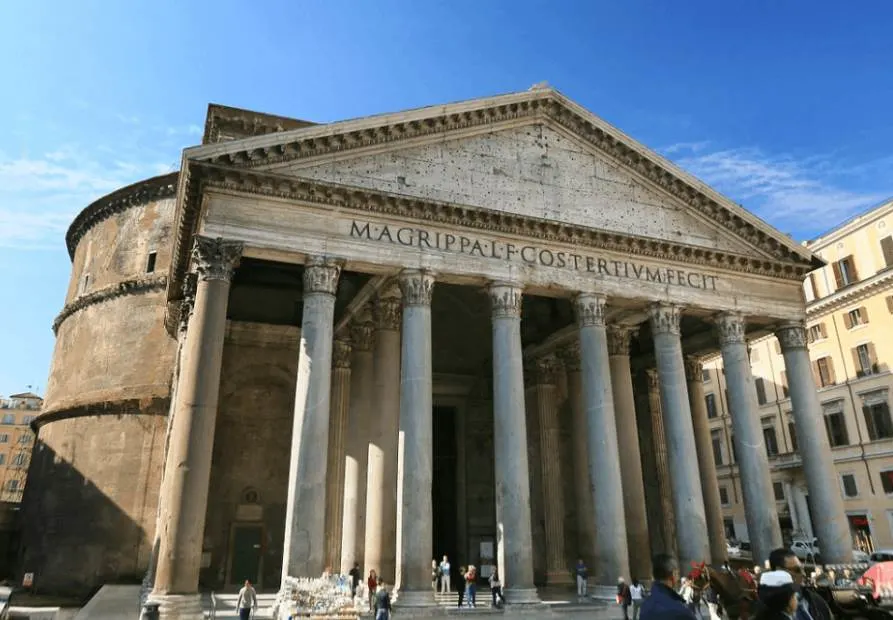
11. He was victorious in the Second Roman–Jewish War
At the end of his reign, an important event happened, the second major rebellion in the Roman province of Judaea. Jerusalem was still in ruins after the First Roman Jewish War which was won by Emperor Vespasian and resulted in the construction of the Roman Colosseum.
The rebellion, under the command of Jewish rebel leader Simon bar Kokhba, started in the year 132 and was quashed by 135. An approximate 580,000 Jews were killed and 50 fortified towns and 985 villages were razed to the ground.
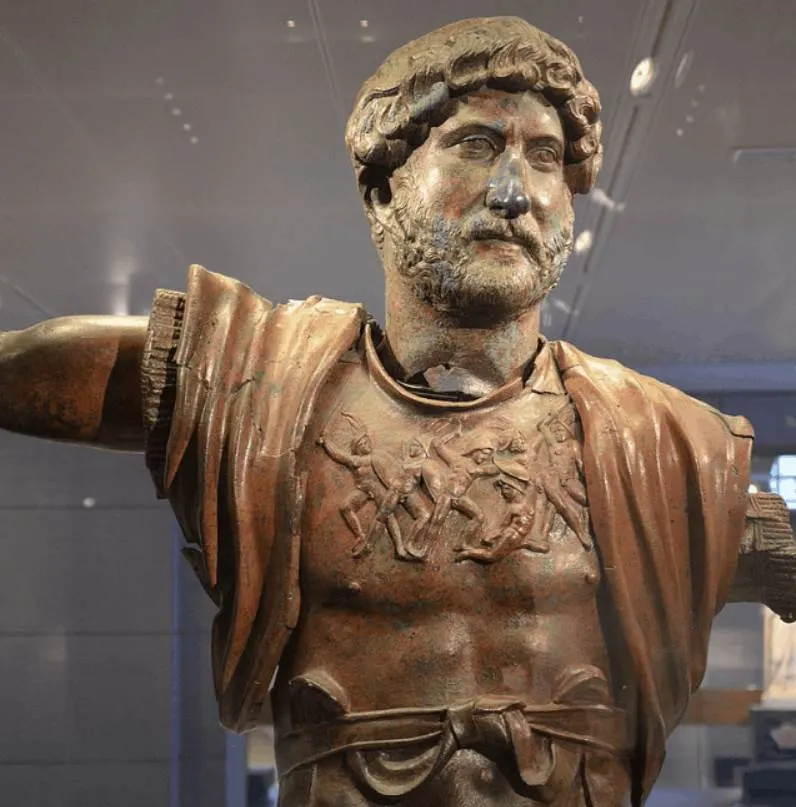
12. He is considered to be one of the 5 Good Emperors
Despite the massacre in Judaea and his dubious claim to become emperor, he is still considered to be one of the 5 Good Emperors of the Ancient Roman Empire. His reign saw relative peace and he didn’t have the urge to drastically expand the empire and start countless wars.
His focus was mostly on culture, and even though he is believed to possess a duality of extreme generosity in combination with extreme cruelty, his enigmatic personality and immense curiosity make him one of the better leaders of this ancient empire!

